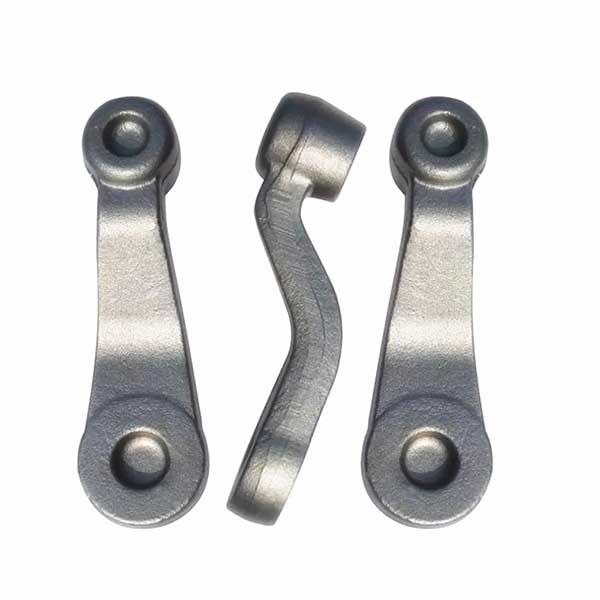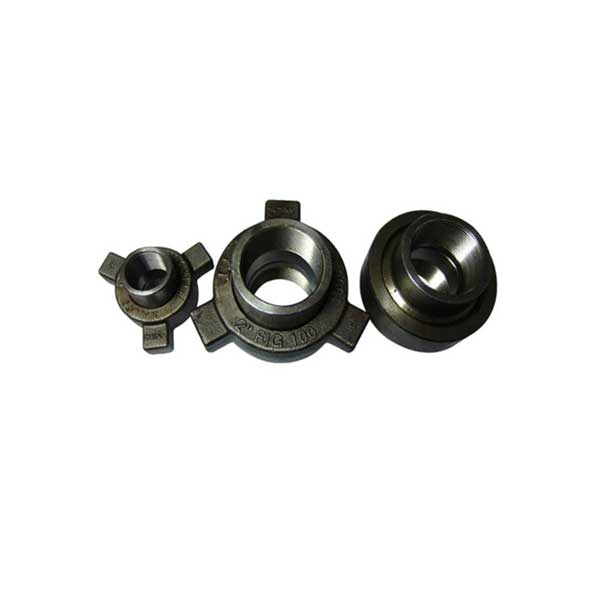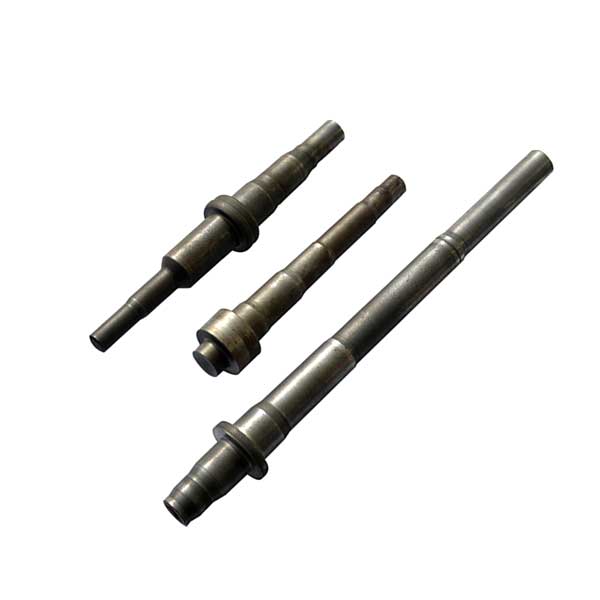Closed die forging, also known as impression die forging, is a metal forging process in which heated metal is shaped within a set of dies to produce a near-net-shape or final component. The process involves several steps to transform the raw material into the desired forged product.
The steps of closed die forging

Billet Heating
The raw material, usually a metal billet, is heated in a furnace to an appropriate forging temperature. The temperature is specific to the type of metal being forged and is crucial for achieving proper plasticity and reducing the risk of cracking during the forging process.
Die Preparation
The dies, which consist of an upper and lower die set, are prepared and mounted in the forging press or hammer. The dies are precision machined to create the desired shape and features of the final forged component.
Billet Placement
The heated billet is placed in the lower die, which has a cavity that matches the desired shape of the final product.

Closing and Forming
The upper die is brought down to close the dies and apply pressure to the billet. The force exerted by the forging press or hammer shapes the billet within the die cavity. The material flows and fills the cavities in the die, taking the shape of the final product.
Flash Formation
As the dies close, excess material, known as flash, is squeezed out between the die halves. The flash acts as a reservoir, helping to ensure complete filling of the die cavity and maintaining the desired shape of the forged component.

Ejection
After the forming operation, the dies are opened, and the forged part is ejected from the die cavity. Any excess flash is trimmed or removed.
Heat Treatment and Finishing
The forged component may undergo heat treatment processes such as quenching, tempering, or annealing to achieve the desired material properties. Additional finishing operations, such as machining, grinding, or surface treatments, may be performed to meet the final specifications and requirements of the component.
It’s important to note that the closed die forging process can be modified depending on the complexity of the component being forged and the specific requirements of the application. Additionally, the process may involve multiple forging steps or operations to achieve the final shape and properties of the forged component.


